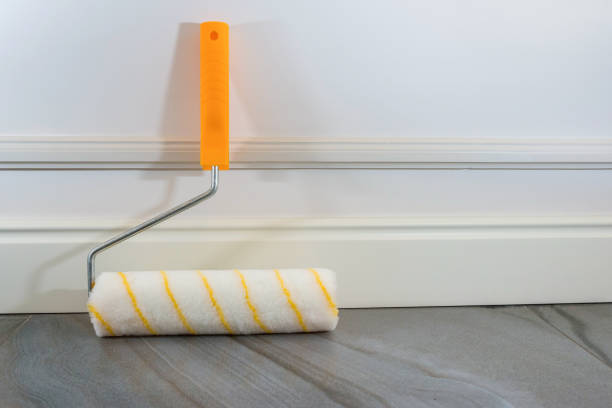When it gets cold in winter and they spend the time at home, it can quickly become boring. These activities will keep the kids entertained at home during the winter.
In winter, children spend more time at home and this means that they are at risk of being bored or just watching TV. But you can also spend the time in a meaningful way, for example, painting or doing handicrafts. Here you will find 5 pedagogically valuable tips on how you can use the wintertime together with your children at home without getting bored.
Use the winter for joint activities
Usually, your kids will spend most of their time outdoors and playing with other kids. In the morning you go to school and afterward you might meet to play football or explore the area. You hardly have the opportunity to spend much time with your child. After all, it also has to study for school and pursue other hobbies.

However, winter is a quieter time. If it gets dark and cold earlier, your children should no longer play outside alone. It is safer if you entertain them on your own four walls and spend the time together.
But how can you spend time with your children in a meaningful way without getting bored quickly? Here are the best tips that will be fun for both you and your kids. So you can use the winter for hours together.
1) painting
Children have very strong imaginations. As an adult, this children’s world may not always be comprehensible, but children are brimming with ideas. Painting can help children express these ideas and create their own fantasy world.
As a parent, you should therefore let the children’s imagination run wild in winter. If the children don’t have the opportunity to let off steam outdoors, you can do this at home with paper and pens.
You can also buy special learning books to encourage children’s painting skills. Perhaps your child has already shown a special interest or talent? Then encourage this by buying a coloring book that can improve your child’s skills. Perhaps the simple hobby will develop into a passion that will last a lifetime?
2) Crafting
Children like to be busy with practical things and love to design something themselves. With craft paper and suitable scissors, your children can create patterns, for example, and let their imagination run wild.
If there are still some autumn leaves lying on the streets, they can also be used as a craft idea. Leaves and flowers can be pressed into a book or used as a template.
During the Christmas season, you can also make beautiful Christmas decorations together with your children. Stars and other shapes can be hung on the windows or on Christmas trees. This gives your home a much more personal touch and your children will be happy to have helped design their own environment.
3) learn magic tricks
Children are always easily impressed by magic tricks. If you have small children in the household yourself, then you don’t have to be the best magician to impress your own children. Even small coins are enough to create illusions that are difficult for children to explain.
When the children are a bit older, you can also do card tricks. These are usually very easy to learn, but difficult to understand without explanation. Perhaps your children are interested in these magic tricks and would like to learn them themselves? Then a small magic box helps to learn a wide range of tricks. In this way, your children will soon be able to impress their classmates.
4) Conduct experiments
Do your children already go to school and are always curious to learn something new? Learning does not always have to be associated with boredom or work. There are also simple experiments that you can do at home and still teach your kids something.
With a simple experiment you can, for example, make peppers bounce. To do this, sprinkle some coarse-grained salt on the table and add finely ground pepper. A plastic spoon is rubbed on a wool cloth and then held over the mixture. The pepper is attracted by the electrical charging of the spoon. But the salt stays on the table. Or let your children write with secret ink.

In this way, your child can learn through play and be interested in physical or chemical experiments.
5) Appropriate game ideas
Of course, every child also likes to play. The handicrafts can even serve as a basis for the later game. Games can be made with simple home remedies.
For example, you can create various throwing games with paper plates and kitchen rolls. To do this, cut out the middle of the paper plate so that only the outer ring remains. The “hollow” paper plate can now be thrown onto the kitchen roll. Different targets at different distances can be rated with points. So you can combine handicrafts and games together with your child. Also, note our tips for childcare in the home office.






